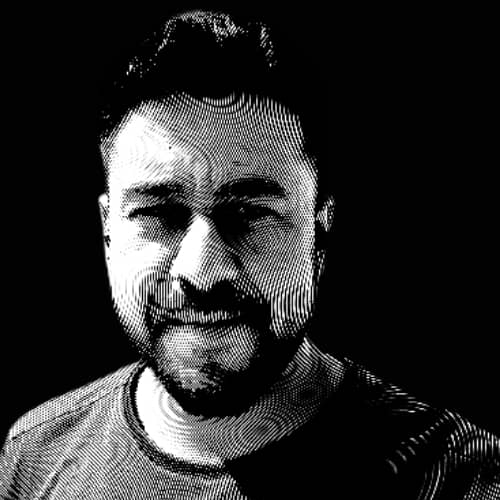Life is short when you really think about it. The idea of pushing through pain, whether in exercise or daily challenges, is often glorified as a sign of strength. But pain is a signal, not a challenge to overcome. Ignoring it can lead to long-term damage, both physically and mentally. In workouts, the "no pain, no gain" mentality can result in injuries that take months or years to heal. Similarly, in life, forcing yourself through emotional or mental strain without addressing the root cause only leads to burnout. The smarter approach is to pause, assess, and respond rather than react. Pain is feedback, not a badge of honor.
Exercise is one of the clearest examples of this principle. When your body signals discomfort, it is not weakness but a warning. Pushing through joint pain, muscle strains, or exhaustion might seem disciplined, but it often leads to setbacks. Professional athletes understand this—recovery is as important as training. The same applies to everyday fitness. If running hurts your knees, switching to swimming or cycling isn’t quitting; it’s adapting. The goal is sustainable health, not short-term achievements. Listening to your body isn’t laziness; it’s intelligence. The same logic applies to work, relationships, and personal growth. Forcing progress when the signs say otherwise rarely ends well.
Life moves quickly, and the idea of "grinding through" pain can seem noble. But time is limited, and suffering unnecessarily doesn’t make it more meaningful. Chronic stress, ignored fatigue, and unaddressed emotional pain accumulate. Eventually, the body or mind will force a stop, often in more damaging ways. Taking a step back to rest, heal, or reassess isn’t wasting time—it’s investing in longevity. Whether it’s a workout injury or a draining job, recognizing when to step back is wisdom, not weakness. Pain is information. Dismissing it as something to endure is a flawed strategy in both fitness and life.
The key is balance. Discomfort from effort is different from pain signaling harm. Learning to distinguish between the two takes self-awareness. In exercise, proper form and gradual progression prevent injuries. In life, setting boundaries and recognizing limits prevent burnout. The misconception that struggle equals growth is dangerous. Real growth comes from consistent, mindful effort—not from ignoring warnings. Pain is not the enemy, but neither is it a teacher to blindly follow. The wisest approach is to respect it, understand it, and adjust accordingly. Life is too short to spend it recovering from preventable damage.
